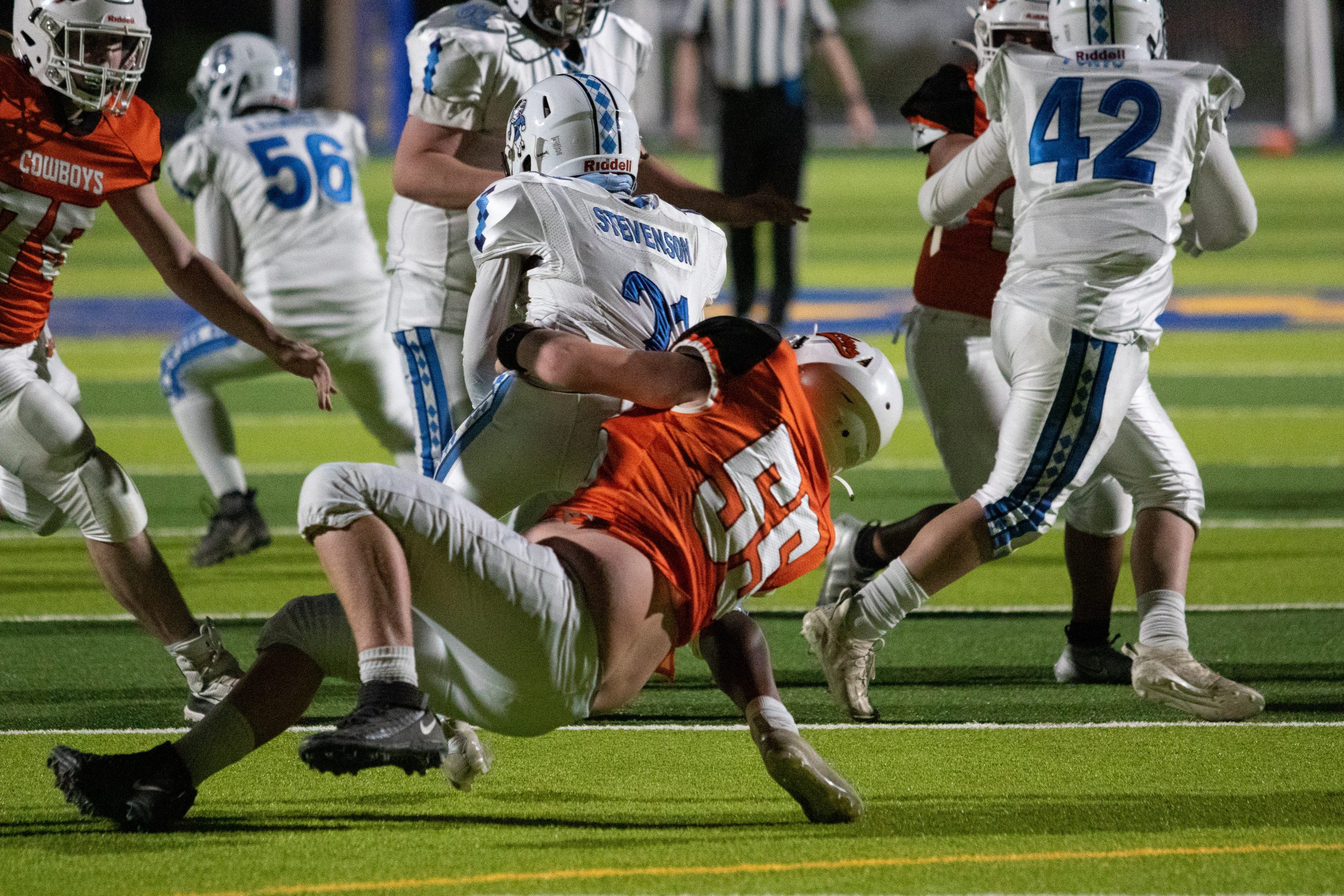Football is an intense, high-contact sport where physicality plays a key role in every aspect of the game. Every player on the field, regardless of position, risks being tackled at any moment. However, some positions are inherently more likely to endure the brunt of hits and tackles, often due to their role in game strategy and ball possession. But which football position gets tackled the most? This article dives into the details and highlights the roles most frequently involved in collisions on the field.
Understanding Tackling in Football
Tackling in football is the act of physically stopping an opposing player, often by bringing them to the ground. While tackling is initiated by defensive players, offensive players are inevitably on the receiving end of it. Tackling can occur during rushing plays, passing plays, or even when special teams are on the field. The player who has the ball is always at the center of the action, making their position inherently prone to tackles.
The Position That Gets Tackled the Most
Without a doubt, running backs are the players who get tackled the most in football. Their role is primarily centered around carrying the ball during rushing plays, meaning they are designed to confront defenders head-on. Running backs are usually tasked with weaving through defensive lines, navigating tight spaces, and frequently pushing through direct contact with defenders.

After running backs, wide receivers are another position that experiences a high volume of tackles. Wide receivers get tackled when they catch passes and try to advance the ball downfield. Though their encounters with defenders are generally fewer compared to running backs, they often face high-speed collisions when tackled, given the distance they cover before contact.
Quarterbacks: Another Target for Tackles
Quarterbacks, while responsible for orchestrating the offense, are not immune to tackles. In fact, they often endure some of the most brutal hits, particularly during sacks. Defensive players aim to pressure the quarterback to disrupt their playmaking capabilities, leading to numerous tackles. However, quarterbacks typically get tackled less frequently than running backs or wide receivers, as their primary objective is to pass the ball rather than run with it.

The Impact on Linemen
Although offensive and defensive linemen are involved in the physical struggle at the line of scrimmage on every play, they are rarely the ones tackled. Their primary task is to block or break through blocks, so the direct, ball-carrying impacts that lead to tackles are not their responsibility. Any physical contact they endure is more about shoving and pushing rather than being taken down.
Playing Style and Risk of Tackles
It’s important to note that the frequency of tackles a player experiences can also depend on the team’s playing style. For example, a run-heavy offense often puts more pressure on the running back, leading to a higher number of tackles. On the other hand, a pass-focused offense will shift some of that risk to wide receivers and occasionally to quarterbacks scrambling for yardage.

Why Tackling Matters in Football
The physical nature of tackling is not just about halting play—it’s also a testament to a team’s ability to dominate the opposing side. For players, particularly those in positions that get tackled the most, the frequency and intensity of tackles are a measure of their involvement in the game. Positions like running backs and wide receivers are often relied upon to make plays, and their ability to endure tackles while advancing the ball is critical to their team’s success.
Conclusion
In summary, running backs undisputedly get tackled the most in football due to their central role in rushing plays. Wide receivers and quarterbacks follow closely behind, depending on the team’s offensive strategy. Understanding which positions are most exposed to tackles not only sheds light on the physical demands of the game but also highlights the crucial contributions these players make to their teams. For fans, it offers a greater appreciation for the resilience and toughness of athletes who face heavy contact on a regular basis.
Frequently Asked Questions (FAQs)
- Which position gets tackled the most in football?
Running backs get tackled the most because of their essential role in carrying the ball during rushing plays. - Do quarterbacks get tackled a lot?
Quarterbacks don’t get tackled as frequently as running backs, but they are highly vulnerable during sacks and scrambling situations. - What makes wide receivers prone to tackles?
Wide receivers often get tackled immediately after catching passes, especially when they try to extend plays for additional yardage. - Are linemen tackled in football?
No, linemen aren’t typically tackled since their role is centered on blocking or breaking through blocks rather than carrying the ball. - Does the playing style of a team affect who gets tackled?
Yes, a run-heavy offense increases the contact frequency for running backs, while a pass-heavy strategy leads to more tackles on wide receivers and quarterbacks.

